Understanding Drone Regulations: What You Need to Know
11 February 2025
Drones are no longer just fancy toys for tech enthusiasts. They've become powerful tools used in various industries, from photography and agriculture to delivery services and even search and rescue missions. But as drones have taken flight (pun intended!), governments across the globe have realized the need to regulate their use. If you're thinking about getting a drone or already have one, it's crucial to understand drone regulations to avoid hefty fines or even legal trouble.
In this guide, I’ll break down everything you need to know about drone regulations, so you can fly with confidence and peace of mind. Let’s dive into it!
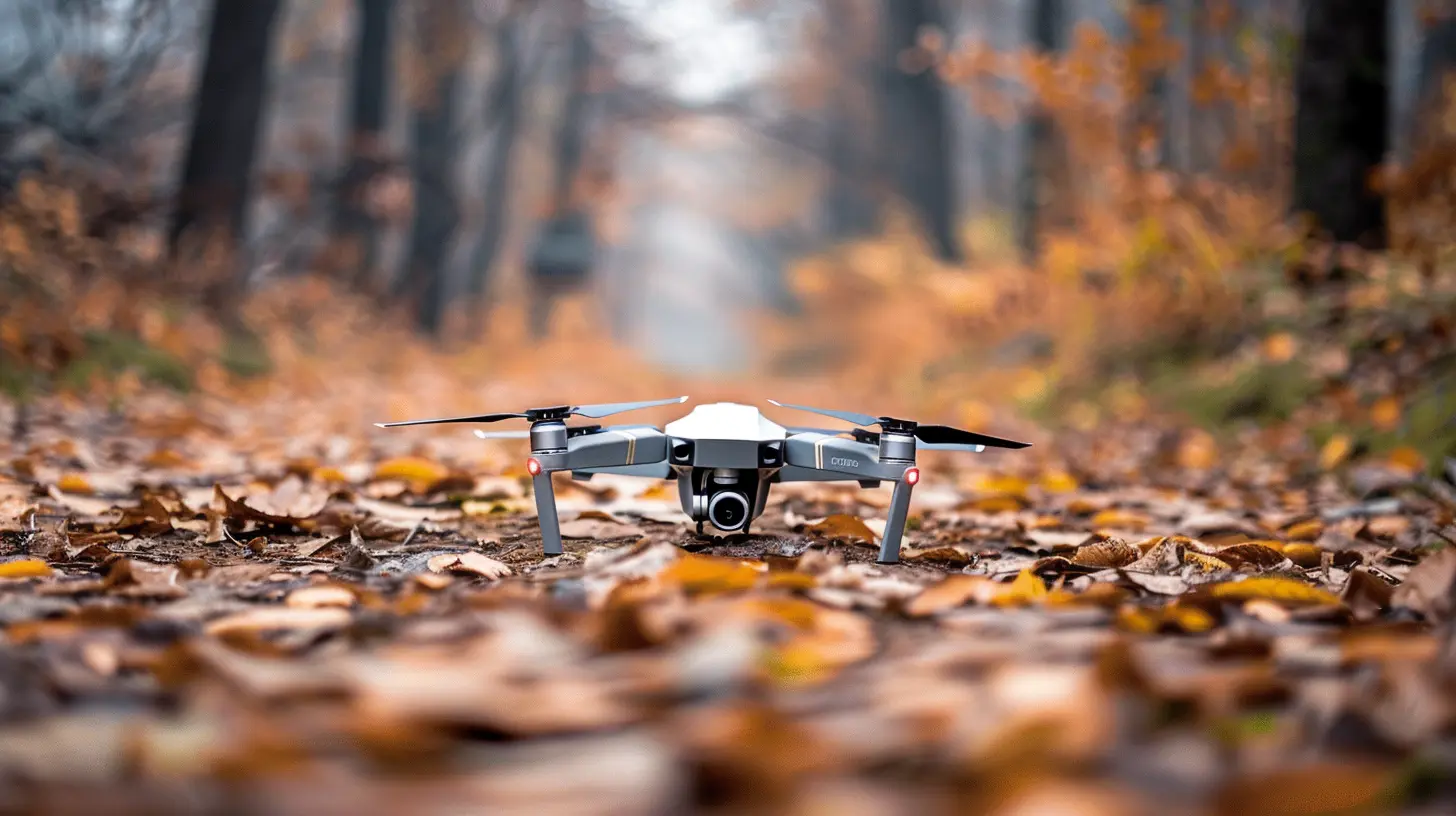
Why Are Drone Regulations Necessary?
Before we get into the nitty-gritty of drone laws, let’s address the elephant in the room: Why regulate drones?Drones, while incredibly useful, can also pose risks. Think about it — these devices can fly at high altitudes, zip through restricted airspace, or even crash into people or property if not handled properly. In the wrong hands, drones can be used for surveillance, trespassing, and even illegal activities.
Regulations help ensure that drones are used safely and responsibly, protecting privacy, public safety, and national security. They provide guidelines for where, when, and how drones can be flown, reducing the risk of accidents or misuse. These rules aren’t just about keeping you out of trouble—they’re about keeping everyone safe.
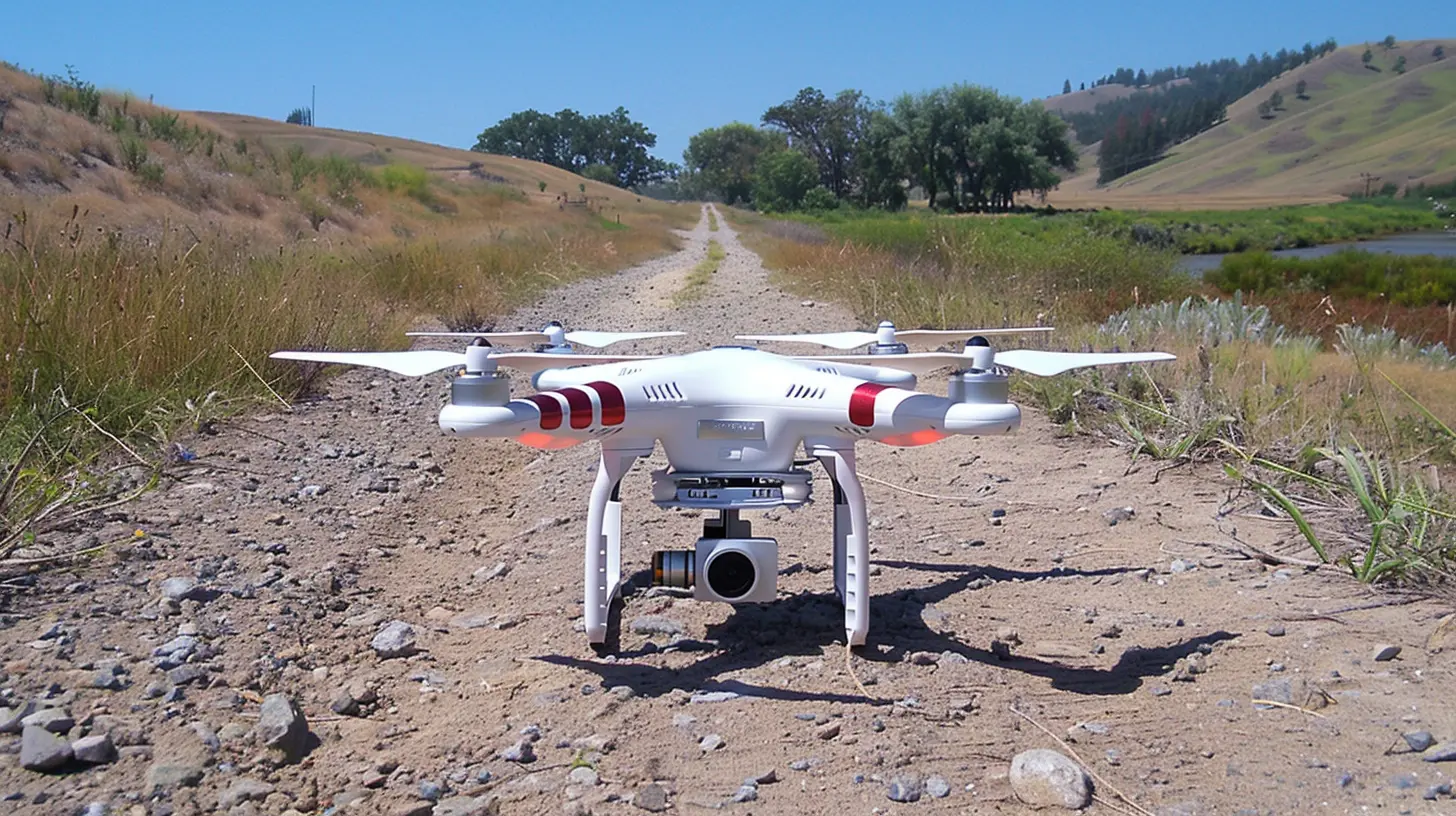
Who Sets Drone Regulations?
Drone regulations can vary depending on where you are in the world. The primary bodies responsible for setting drone laws include:1. Federal Aviation Administration (FAA) - In the United States, the FAA sets and enforces drone laws.
2. European Union Aviation Safety Agency (EASA) - For those in Europe, this body handles drone regulations.
3. Civil Aviation Authorities (CAA) - Many countries have their own aviation authorities that oversee drone usage. For example, the CAA in the UK.
These agencies regulate everything from how high you can fly to whether or not you need a license. Ignoring these rules could land you in hot water, so it’s important to familiarize yourself with your local laws.
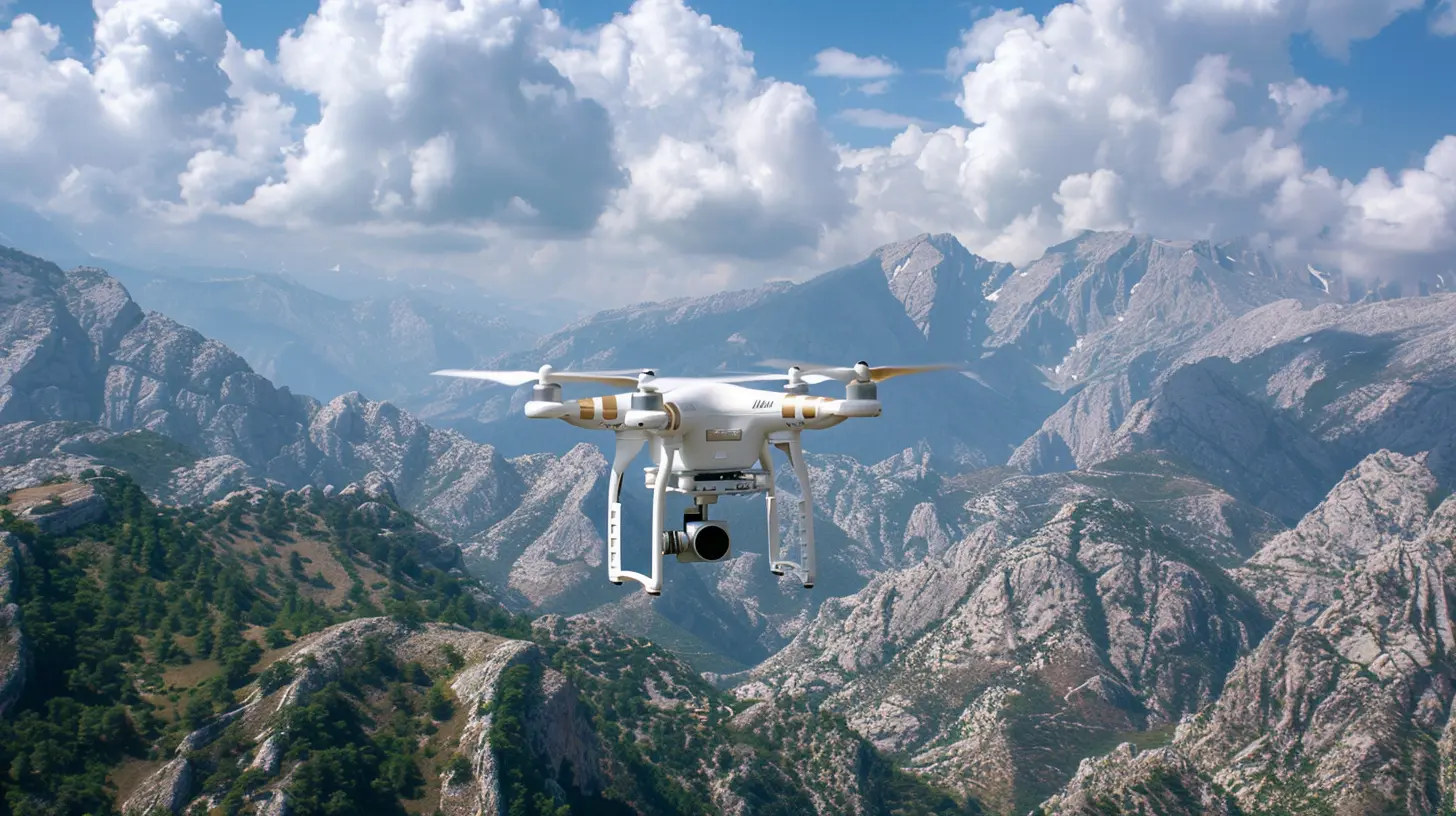
Key Drone Regulations You Need to Know
1. Registration Requirements
In many countries, if your drone weighs more than a certain limit (usually 250 grams or 0.55 pounds), you'll need to register it with the relevant aviation authority. For example, in the U.S., you must register your drone with the FAA if it exceeds 0.55 pounds. Registration is usually quick, but it’s not something you want to skip.Failure to register your drone can result in significant fines. In the U.S., for instance, flying an unregistered drone can cost you up to $27,500 in civil penalties or even more in criminal fines!
2. Pilot Certification
Some countries require drone operators to get certified, especially if you're using the drone for commercial purposes (like photography or agriculture). In the U.S., for example, the FAA mandates that commercial drone pilots obtain a "Remote Pilot Certificate" under Part 107. It’s not as intimidating as it sounds — the certification mostly involves a written test on airspace rules, weather effects, and emergency procedures.For recreational flyers, the rules are generally more relaxed, but it’s always good to check in with your local authority, as some places require even hobbyists to pass basic safety exams.
3. No-Fly Zones
Not all airspace is open for drones to roam free. There are specific areas where you are legally prohibited from flying your drone, commonly known as No-Fly Zones. These include:- Airports: You can’t fly within a certain radius (usually 5 miles) of an airport without special permission.
- Military Bases: Flying over military installations is a big no-no.
- National Parks: In many countries, including the U.S., drones are banned in national parks to protect wildlife and preserve the natural experience for visitors.
- Sensitive Infrastructure: This could include power plants, prisons, and government buildings.
Many drones come equipped with built-in GPS technology that prevents them from flying into restricted airspace, but it’s still your responsibility to know where you can and cannot go.
4. Altitude Limits
Most countries impose altitude restrictions to prevent drones from interfering with manned aircraft. In the U.S., for example, you can’t fly your drone higher than 400 feet above ground level unless you have specific authorization from the FAA.Remember, it's not just about going too high—it's about staying safe and keeping your drone from becoming a hazard to planes or helicopters. After all, no one wants to be the person responsible for causing a mid-air collision!
5. Line of Sight
One golden rule of drone flying is that you should always keep your drone within your line of sight. This means you need to be able to see your drone with the naked eye while flying it. Using binoculars or video feeds doesn’t count.Why is this important? If your drone goes out of sight, it’s harder to control, and the risk of accidents increases. Plus, many countries have laws requiring this for safety reasons.
6. Flying Over People and Property
Flying your drone over crowds or private property without permission is generally restricted. In many places, this rule is in place to protect people from the risk of injury in case your drone crashes. Think of it this way: You wouldn’t want a drone falling on your head or spying on you in your backyard, right?In the U.S., under Part 107, flying over people is allowed only if you meet certain conditions, such as using a lightweight drone or having a special waiver from the FAA.
7. Night Flying
Flying your drone at night might sound like a fun idea, but it’s highly regulated. In most countries, you’ll need special permission or a waiver to do so. The FAA, for instance, requires an anti-collision light visible for up to 3 miles if you want to fly your drone after sunset.Night flying poses additional risks, as it’s harder to see obstacles, and the chances of losing your drone increase. So, unless you’re an experienced pilot with the right equipment, it’s usually best to stick to daylight hours.
8. Privacy Laws
Even though drones offer incredible photography and videography capabilities, they also blur the lines of privacy. Many countries have strict laws about using drones to record people or property without permission. Violating someone’s privacy can land you in legal trouble, even if you’re just flying for fun.In the U.S., you’re generally free to film in public spaces, but filming private property without consent can lead to lawsuits. Similar rules apply in Europe, where privacy laws are even more stringent due to regulations like GDPR.
If your drone has a camera, always make sure you’re respecting people’s privacy. It’s a good rule of thumb to ask for permission if you’re planning to film someone or their property.
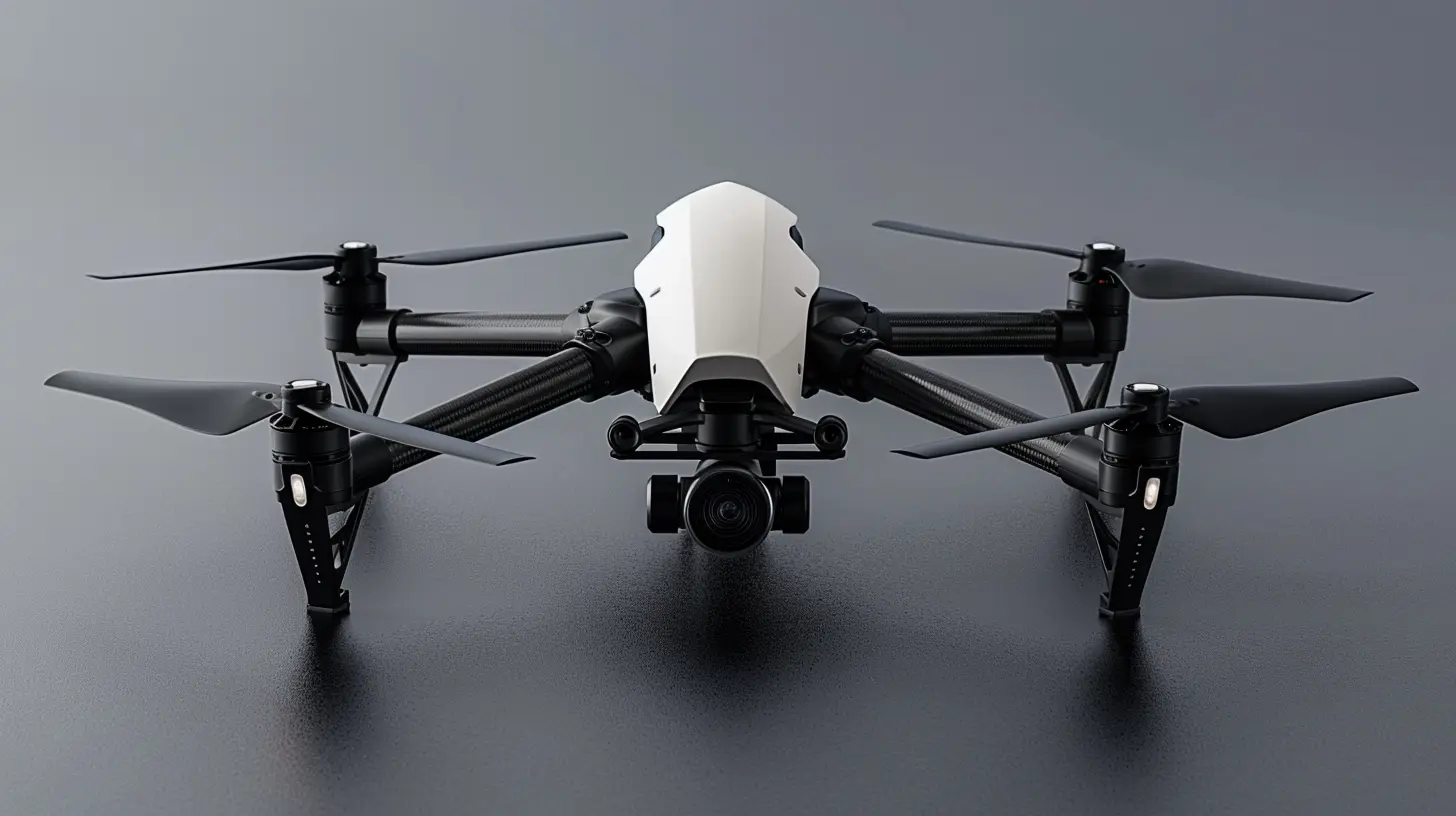
How to Stay Informed About Drone Regulations
Drone laws are constantly evolving, especially as drone technology continues to advance. So, how do you stay up-to-date with the latest changes?- Check official government websites: Authorities like the FAA or EASA regularly update their drone guidelines online. Bookmark these pages and check them before you plan any flights.
- Use apps: Many drone manufacturers offer apps that inform you about restricted areas and no-fly zones. Apps like "B4UFLY" (for U.S. users) are designed to give you real-time information about where it’s safe to fly.
- Join local drone communities: Drone enthusiasts often form online forums or local flying clubs where they share tips and updates on the latest regulations. Joining one of these communities can help you stay informed and learn from others’ experiences.
Potential Penalties for Breaking Drone Laws
So, what happens if you break the rules? The penalties for violating drone regulations can be severe. Depending on the violation, you could face:- Fines: These can range from a few hundred dollars for minor infractions to tens of thousands for more serious offenses.
- Confiscation of your drone: In some cases, authorities may seize your drone if you’re caught breaking the law.
- Jail time: For the most serious violations, such as flying in restricted airspace or endangering public safety, jail time could be on the table.
It’s easy to think, "It won’t happen to me," but the consequences are real. Following the rules will not only keep you safe, but it will also help protect the broader drone community from tighter restrictions.
Conclusion
Flying a drone is an exhilarating experience, but with great power comes great responsibility. Understanding drone regulations is essential to avoid legal trouble and ensure the safety of those around you. From registering your drone to knowing where and when you can fly, these rules are in place to keep the skies safe and enjoyable for everyone.So, next time you’re ready to take to the skies, take a moment to check the regulations and make sure you’re flying within the law. It’s easier than you think, and it’ll keep both your drone and your wallet safe from harm.
Happy flying!
all images in this post were generated using AI tools
Category:
DronesAuthor:

Adeline Taylor
Discussion
rate this article
17 comments
Edward McNeal
“Drones are like pets that won’t stop buzzing around. Just remember, if you wouldn’t fly your dog over the neighbor’s BBQ, maybe avoid aerial acrobatics above theirs. Stay informed, stay grounded, and let’s not turn the sky into a no-fly zone!”
March 12, 2025 at 5:30 AM

Adeline Taylor
Great analogy! Responsible flying is key to enjoying drones while respecting others’ space. Let’s keep the skies friendly!
Nixie Stewart
Thank you for shedding light on this important topic. Understanding drone regulations can empower users to fly safely and responsibly.
February 28, 2025 at 12:27 PM

Adeline Taylor
Thank you for your kind words! I'm glad you found the information helpful in promoting safe and responsible drone use.
Dorothy McKinney
Empower yourself: navigate drone regulations and unleash creativity!
February 27, 2025 at 11:58 AM

Adeline Taylor
Thank you! Empowering individuals to navigate drone regulations is essential for fostering creativity and innovation in the field.
Julianne Shaffer
Navigating drone regulations is crucial for innovation; they shape safety, privacy, and the ethical landscape of our aerial future.
February 26, 2025 at 5:28 AM

Adeline Taylor
Absolutely! Understanding drone regulations is essential for fostering innovation while ensuring safety and privacy in our evolving aerial landscape.
Soren McCullough
This article sparked my curiosity about the evolving landscape of drone regulations! How do these laws vary by region, and what implications do they have for recreational users versus commercial operators? Excited to learn more!
February 25, 2025 at 4:13 AM

Adeline Taylor
I'm glad you found the article insightful! Drone regulations can vary significantly by region, often reflecting local safety, privacy, and airspace concerns. For recreational users, laws may prioritize safety and restrictions on flight areas, while commercial operators typically face stricter compliance and licensing requirements. If you're eager to learn more, exploring specific regional regulations would be a great next step!
Arwenia Brooks
Drone regulations? More like a game of bureaucratic hopscotch! If you thought flying was just about the sky, think again. Buckle up and keep your manuals handy—because navigating this legal maze is as tricky as threading a drone through a windstorm!
February 24, 2025 at 9:07 PM

Adeline Taylor
Thanks for your insightful comment! Navigating drone regulations can indeed feel like a complex dance, but understanding the rules is key to safe flying. Let's tackle this maze together!
Veronica Hayes
Staying informed on drone regulations is essential for safe operations. Compliance not only protects your investment but also enhances community trust in technology.
February 22, 2025 at 6:00 AM

Adeline Taylor
Thank you for your insightful comment! Staying informed about drone regulations is indeed crucial for safety and building community trust.
Betsy McBride
Great article! Navigating drone regulations can be tricky, but you broke it down so clearly. Now I'm feeling more confident about my next aerial adventure!
February 21, 2025 at 8:12 PM

Adeline Taylor
Thank you so much! I'm glad you found it helpful—enjoy your aerial adventures!
Taryn Ellison
Flying high with drones? Just remember, avoiding no-fly zones is key! Think of it as a game of aerial hopscotch—stick to the rules, and you'll soar with joy instead of a fine!" 🚁✨
February 21, 2025 at 5:35 AM

Adeline Taylor
Absolutely! Understanding and respecting no-fly zones is essential for safe and enjoyable drone flying. Happy soaring! 🚀
Alisha Ross
Great article! Navigating drone regulations can be tricky, but your clear explanations make it much easier for enthusiasts and professionals alike. Thanks for shedding light on this important topic!
February 19, 2025 at 5:56 AM

Adeline Taylor
Thank you for your kind words! I'm glad you found the article helpful in navigating drone regulations. Happy flying!
Uzi Sharp
Understanding drone regulations is crucial for safe and legal operation. Familiarize yourself with federal, state, and local laws to avoid penalties and ensure responsible flying practices.
February 18, 2025 at 7:48 PM

Adeline Taylor
Absolutely! Knowing the regulations is key to safe and responsible drone use. Thank you for highlighting its importance!
Korian Mendoza
Navigating skies, laws guide our drone dreams.
February 18, 2025 at 3:59 AM

Adeline Taylor
Thank you! Indeed, understanding regulations is crucial for realizing the full potential of drone technology.
Phoebe McGinnis
Thank you for shedding light on such an important topic! Understanding drone regulations can be quite complex, and your article simplifies the key points effectively. I appreciate the clear breakdown and practical tips you provided. It’s a valuable resource for both enthusiasts and professionals navigating this evolving landscape.
February 17, 2025 at 4:05 AM

Adeline Taylor
Thank you for your kind words! I'm glad you found the article helpful and informative.
Gunner McCabe
Drone enthusiasts, stop tiptoeing around regulations! If you’re serious about flying, dive deep into the rules—ignorance is no excuse. Understanding the landscape isn’t optional; it’s essential. Get informed, stay compliant, and take to the skies without fear!
February 16, 2025 at 4:49 AM

Adeline Taylor
Absolutely! Knowing the rules is crucial for safe and responsible flying. Let's empower enthusiasts to be informed and compliant.
Kassidy McNaughton
Drones: The only thing flying higher than my hopes of understanding these regulations! 🚁💼
February 15, 2025 at 9:28 PM

Adeline Taylor
I get it! Drone regulations can be complex, but we're here to simplify them for you. Let’s clear the confusion together! 🚁✨
Laila Schultz
Great article! Navigating drone regulations can feel overwhelming, but your clear breakdown makes it much easier. It's nice to see tech enthusiasts getting the scoop on staying compliant while enjoying the skies. Thanks for the insights!
February 12, 2025 at 5:05 AM

Adeline Taylor
Thank you for your kind words! I'm glad you found the article helpful in navigating drone regulations. Happy flying!
Kayla Sawyer
Exciting insights into drone laws!
February 11, 2025 at 8:25 PM

Adeline Taylor
Thank you! I'm glad you found the insights helpful!
MORE POSTS

Using Digital Assistants to Improve Personal Productivity
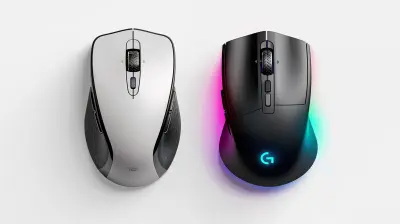
Wireless vs. Wired Mice: Which is Better for You?
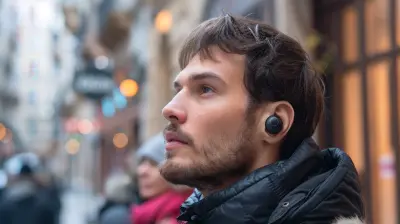
Exploring the Latest Design Trends in Wireless Earbuds

How to Use Customer Data to Drive E-Commerce Innovation

The Future of Programming: Quantum Computing

Smart Glasses: Merging Fashion with Cutting-Edge Technology

How to Use REST and GraphQL for Dynamic API Development

The Role of Machine Learning in Natural Language Processing

Tools That Help You Create a Seamless Content Calendar
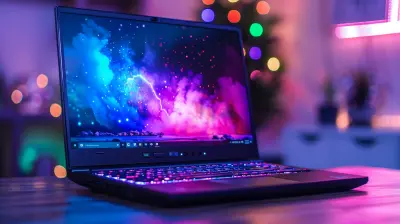
How to Maintain and Clean Your Gaming Laptop for Longevity

The Shift to DevSecOps: Integrating Security into the DevOps Pipeline